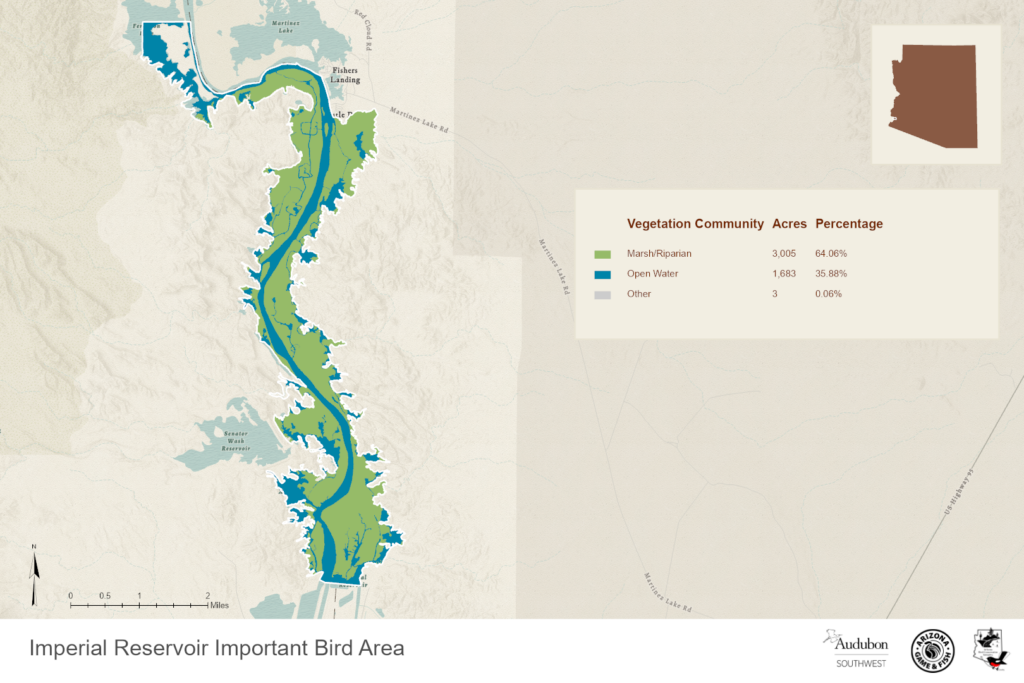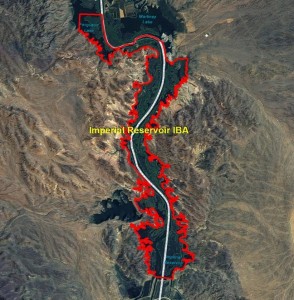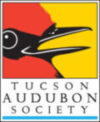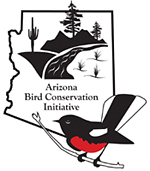Global IBA for Black Rail and Continental IBA for Yuma Ridgway’s Rail
Site Steward: Yuma Audubon Society
Size: 5.5 square miles, 3,535 acres
Identified: 01/2002
Visiting the IBA: Fisher’s Landing and campground located on the north end of the reservoir and Imperial Dam and Hidden Shores Resort on the south end are places with good access. An excellent resource for birding this IBA and the lower Colorado River region is Southwest Birders web site at Southwest Birders – Custom Birding & Nature Tours
Imperial Dam – Arizona Birding Trail
Site Description: A 30-mile reach of the Colorado River bisects the refuge. Over 14,000 acres of the Refuge’s desert upland habitats are designated Wilderness. Major resource initiatives on the refuge include restoration of native riparian habitats and wetlands to benefit migratory birds and other riparian obligate species.
Ownership: Bureau of Reclamation, Bureau of Land Management, Private (with permission)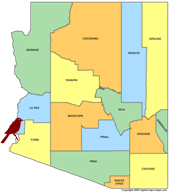
Birds: Spring and Fall offer the greatest variety of birds and the best birding opportunities. 275 species have been observed on the refuge. Also, the refuge is important as a wintering area for Canada geese and many species of ducks. Part of this IBA is within the Yuma Christmas Bird Count circle. Species of special conservation status and interest that use the habitats within this IBA include:
Year-round breeding residents: Pied-billed Grebe, Common Moorhen, American Coot, Yuma Clapper Rail, California Black Rail, Virginia Rail, Sora, Least Bittern, Turkey Vulture, Barn Owl, Great Horned Owl, Red-tailed Hawk, American Kestrel, Osprey, Spotted Sandpiper, Greater Roadrunner, Turkey Vulture, Gambel’s Quail, Ladder-backed and Gila Woodpeckers, Loggerhead Shrike, Black Phoebe, Vermilion Flycatcher, Black-tailed Gnatcatcher, Verdin, Song Sparrow
 Migration: American Bittern, Western Yellow-billed Cuckoo, Hermit, Black-throated Gray, Lucy’s, MacGillivray’s, Townsend’s, Virginia’s, Wilson’s, Nashville, and Yellow Warblers, Common Yellowthroat
Migration: American Bittern, Western Yellow-billed Cuckoo, Hermit, Black-throated Gray, Lucy’s, MacGillivray’s, Townsend’s, Virginia’s, Wilson’s, Nashville, and Yellow Warblers, Common Yellowthroat
Winter: Canada Geese, Snow Geese, Ruddy Duck, Gadwall, American Wigeon, Cinnamon Teal, Northern Shoveler, Northern Pintail, Green-winged Teal, Canvasback, Redhead, Ring-necked Duck, and Bufflehead; Greater Yellow-legs, Long-billed Dowitcher, Western Sandpiper, Least Sandpiper, White-faced Ibis, and American White Pelican; Peregrine & Prairie Falcons, Merlin, Bald Eagle, Yellow-rumped and Orange-crowned warblers
Conservation Concerns: Non-native salt cedar and phragmites replacing native marsh and riparian species. Strategies: The Lower Colorado River Multi-Species Conservation Plan is implementing riparian forest restoration projects.
Maps of this Important Bird Area:
Mini Conservation Plan
Complete eBird.org Checklist of birds Reported for Imperial Reservoir IBA
For an interactive map and habitat and land ownership analysis of this IBA visit the National Audubon IBA Map and select “Arizona” and then the name of this Important Bird Area. To access analysis graphs, click on the map boundary of the IBA.
Location: 32.8878°N: 114.4586°W
County: Yuma
Site Status: Identified 01/2002
Ownership: BLM and Bureau of Reclamation
Area: 5.5 square miles, 3,535 acres
Criteria: A1: Global -Species of Global Conservation Concern – California Black Rail (30 breeding pair 2009)
B1 Continental: Species of Conservation Concern – Yuma Ridgway’s Rail (41 breeding pair – 2006)
D1: State: Species of Conservation Concern
D3: State: Species in rare/unique habitat
Site Description: The system of impoundments, channels, marshes, and backwaters extending from Imperial Dam upstream to Fisher’s Landing (below Martinez Lake). There are two seasons in this lowest reach of the Lower Colorado River: the high-water period, from spring through Thanksgiving, and the low-water period, from autumn to spring.
| Vegetation Description | Hectares |
| CREOSOTEBUSH – BURSAGE (LOWER COLORADO R. VALLEY) COMMUNITIES | 160030.4 |
| LAKE | 132.3836 |
| NOT LABELED ON MANUSCRIPT | 78.50418 |
| REED COMMUNITES | 890.1322 |
| TAMARIX DISCLIMAX COMMUNITIES | 35.99957 |
Ornithological Summary:
| Species or group | Season | Maximum | Year |
| Black Rail | Breeding | 62 individuals | 2000 |
| Yuma Ridgway’s Rail | Breeding | 71 individuals | 2020 |
| Least Bittern | Breeding | 66 individuals | 2000 |
Imperial Reservoir supports substantial populations of Yuma Clapper Rail and California Black Rail. High quality marsh habitat supports other wetland bird populations, such as Virginia Rail, Sora, Least Bittern, and American Bittern. Also, supports a large wintering population of American Coots (>2000 individuals). The site is part of a major migratory corridor, providing habitat for migrating neotropical birds, including Southwestern Willow Flycatcher and Western Yellow-billed Cuckoo. The site provides foraging habitat for herons and egrets.
Conservation Issues:Most riparian habitats have been overgrown by tamarisk and some areas by phragmites, but no management actions are presently being taken. Dredging would be a threat to marsh habitat if implemented (no pending proposals). Increasing selenium levels along the lower Colorado River poses a threat to avian populations.
